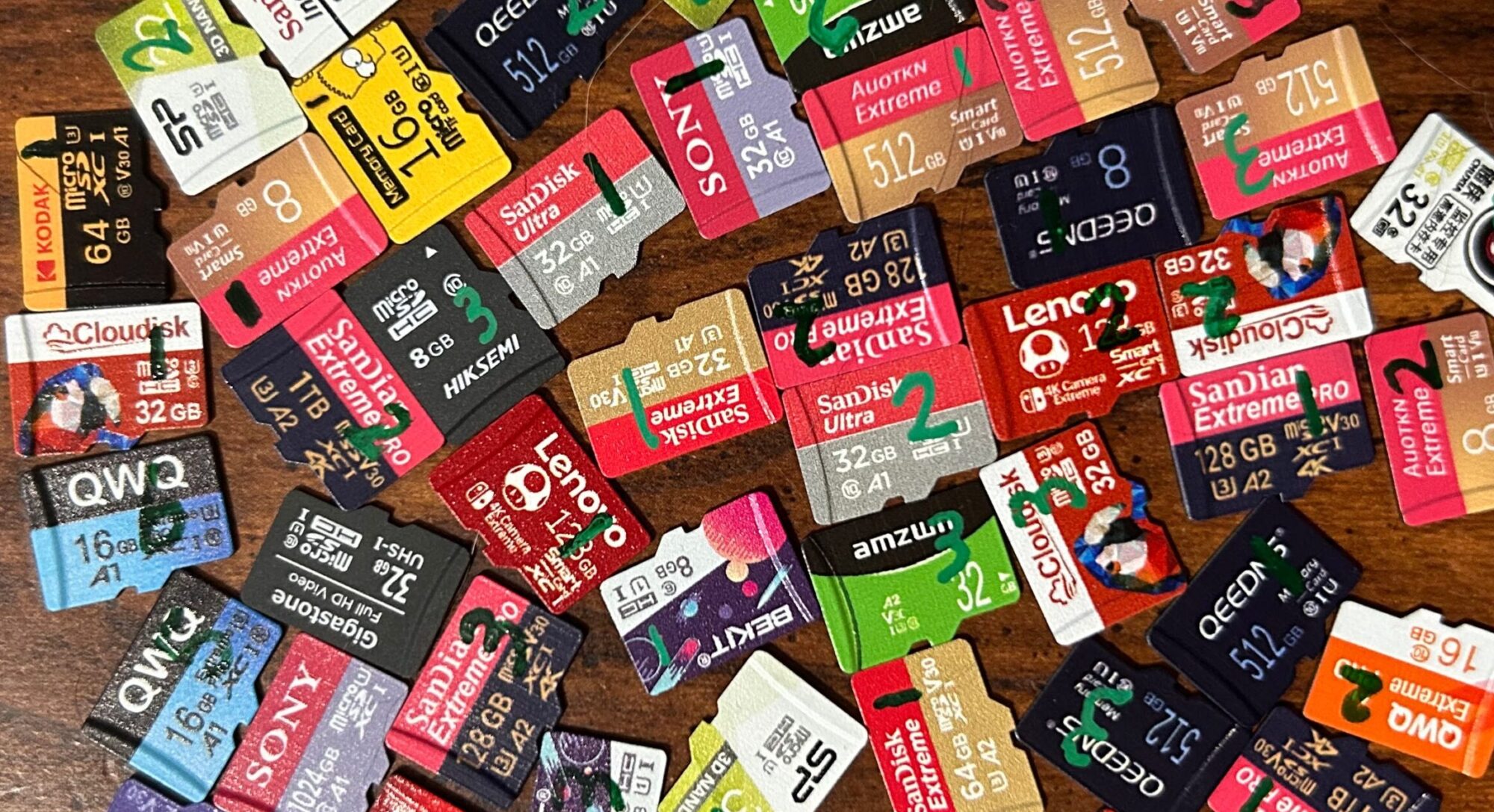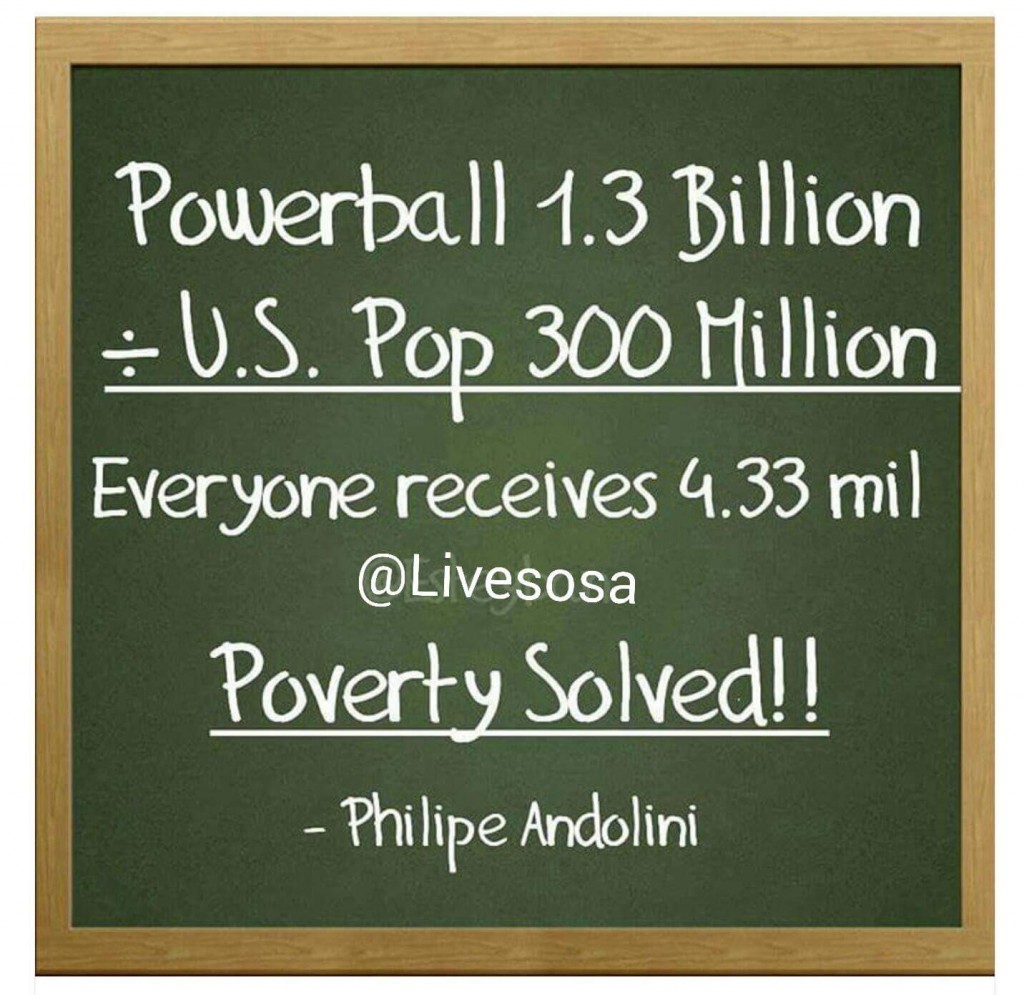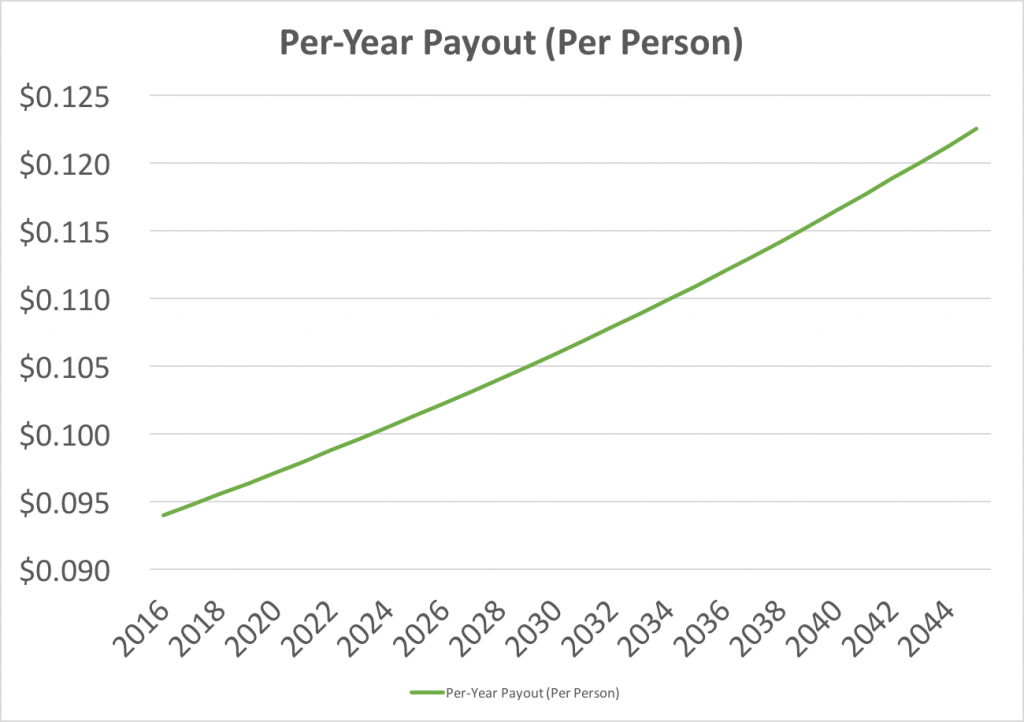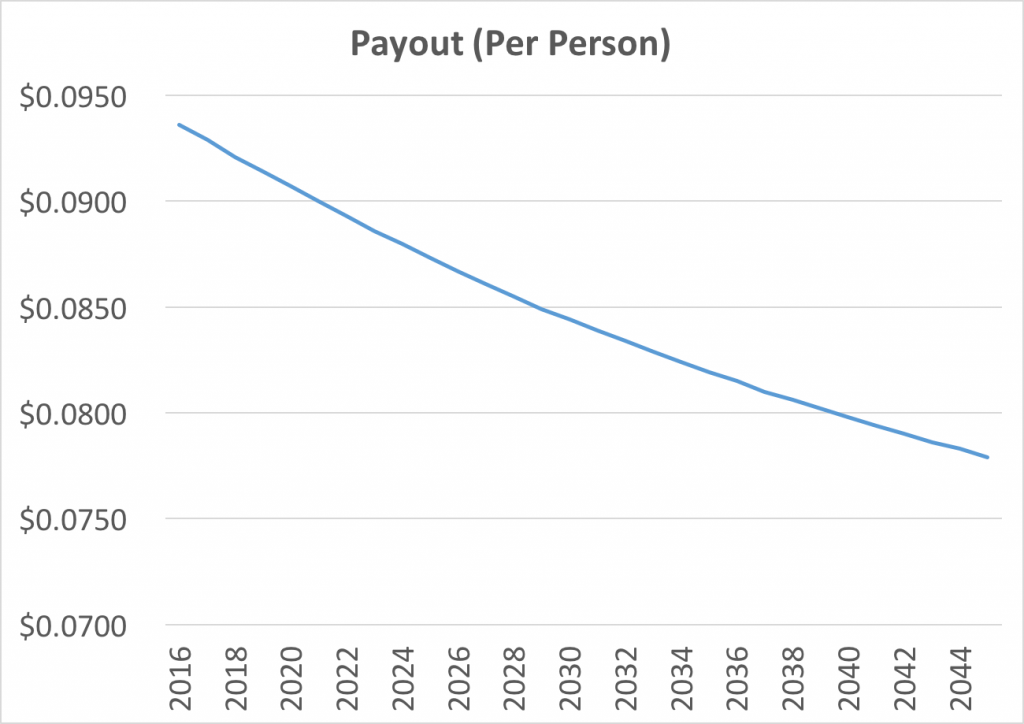Yesterday, a coworker and I went through San Jose-Mineta International Airport to catch a flight home from a business trip. When we arrived and saw how long the lines were for the security checkpoint, we had a little bit of an “oh shit” moment: we had arrived an hour and a half early — plenty of time to check our bags and get through security — but we thought we were arriving during an off-peak time and didn’t expect the lines to be quite *that* long. (There were maybe 150-200 people in line, I’m guessing.) I didn’t have any bags to check, so I told my coworker, “yeah, I’m going to get in line now,” and proceeded to the security checkpoint.
As I got in line, a lady came up to me and offered to sign me up for CLEAR — she said it would only take 3-4 minutes to sign up, I’d get the first month free, and that it would let me bypass the long lines. That sounded good to me, so I said “sure”.
There was a two-part process: part one was applying for the CLEAR (presumably, something I’d only ever have to do once, or at worst, maybe once a year). The lady walked me over to a nearby terminal, where she logged in and started the signup process. They collected the following information from me:
- Basic info — name, address, email address, phone number
- Scanned a copy of my driver’s license (both front and back)
- Credit card (cause the service costs money — but at this point, I didn’t know how much)
- Fingerprints — from all 10 fingers
- Photo of my face
- Social security number — followed by an identity check (you know…where they ask you questions about stuff that’s on your credit report — in my case, “which of these streets have you previously lived on” and “how old is your sister”…which is a little creepy)
After the registration was complete, it was time for part two — actually going through the line. They walked me over to a separate line, where I bypassed the rest of the people in line for the security checkpoint. I came up to a couple of terminals, where there were maybe two or three people in front of me. Once I got to the terminal, I scanned my boarding pass and provided fingerprints from two of my fingers. The machine quickly said I was all set to go, so they then walked me into a special screening line. (This part was a little clumsy, because I had to walk past the TSA agents — the ones that check your ID and boarding pass — and I had to go past them in the opposite direction that one would normally go in when going past these people. Also it was slightly crowded.) From here, they routed us to a line with an X-ray machine and a walk-through metal detector; we were asked to put our bags on the line to be X-rayed, but they said “everything stays in your bag”. Do I need to take my laptop out? Nope. Do I need to take my baggie of fluids out? Nope. Do I need to take my shoes off? Nope. Do I need to take my belt off? Nope. Do I need to empty my pockets? Nope — just go through the metal detector. On the first trip through, I set off the metal detector, so they had me empty my pockets (big whoop — two cell phones and a wallet), put them on the X-ray belt, and go back through. I didn’t set it off that time, so they waved me through. I picked up my possessions from the X-ray belt and proceeded out of the checkpoint.
As I exited the checkpoint, my thoughts turned to my coworker. “I wonder how much time I just saved,” I thought to myself. He had to check a bag, but that hadn’t taken him very long — I remembered seeing him in line as I was walking through the “special” line — so I pulled out my phone and started my stopwatch. And then I waited. Finally, I saw him emerge from the checkpoint — and when I pulled out my phone, I saw that my stopwatch had been running for 21 minutes.
So, what’s my impression of CLEAR?
- They ask for an awful lot of personal information to make this process work. On top of that, the person that recruited me didn’t exactly explain how this information was going to be used (past “the credit card is used to pay for the service”). I suppose it’s understandable, given that it’s airport security, although it’s sad that we have to surrender all but our DNA samples to the government in order to get on a plane nowadays.
- It was nice not having to unpack half of my bags, take off half of my clothes, or go through the Backscatter X-Ray Scanner of Certain Doom 5000. (The “5000” makes it sound cooler than its predecessor, the Backscatter X-Ray Scanner of Certain Doom 666. Travelers — especially the more evangelical ones — didn’t respond well to that, a fact that *somehow* failed to come out during consumer testing.) I did feel like CLEAR improved that part of the process and made me feel more like a real human being.
- The price of this service was a bit hefty. (Notice how the girl that recruited me didn’t tell me how much it was? There was probably a reason for that.) As I was walking through the airport to my gate, I got an email telling me how much the service was going to be if I didn’t cancel in the next 28 days — $179. (Turns out, that’s a per-year charge.) Unfortunately, this is the second time I’ve traveled this year, so the cost/benefit ratio here doesn’t work in their favor. When I went to cancel (more on that below), they offered me a discounted rate of $109 per year; however, even that is considerably more expensive than TSA Pre✓ (which is $85 for 5 years, as of this writing — which works out to $17 per year), and doesn’t really offer much of an advantage over TSA Pre✓.
- CLEAR isn’t available everywhere — in fact, it’s available in very few airports right now (13, as of the time of this writing, with Seattle listed as “Coming Soon”). Their website has a map showing where they’re available, and even includes a draggable pin that you can drag to the airport where you want them to be available. However, you can only drag the pin to locations that they’ve pre-defined, and my home airport isn’t one of those choices — which tells me that they’re not going to be available where I am anytime soon. Having them available in my home airport would make their service doubly useful, as I would be able to use them on both my outgoing flight and my return flight (assuming I’m going through an airport where they’re set up).
- When I went to their website to cancel, the process was a little clunky.
- At first, I started up a chat window with them, which sat there and did nothing for at least 20 minutes. I chalked it up to issues with my company firewall, so I closed it out and didn’t think much of it.
- Later in the day, I got an email from them that had a “Manage my account” link in it, so I clicked it and tried to log in. I didn’t know what my password was (the application process didn’t ask me for one), so I used their password feature, which went fairly smoothly. Once I was logged in, I got an error page (haha, now I know you guys are using force.com!) that wouldn’t go away, even if I logged out and logged back in.
- Finally, I resorted to trying the web chat again. This time, it worked and I got a hold of “Tanyia M” immediately. “She” was very helpful and got my subscription canceled; however, her responses came back to me so quickly that I’m not sure of Tanyia is an actual person or one of our impending bot overlords.
Overall, I liked the experience, but I think this service would be more worth it if I were a frequent traveler with money to burn — or if the service had a much better price point. As it is, my company is allowing me to travel less and less, so this just doesn’t make it worth it to me. I don’t think the time savings, when compared to TSA Pre✓, would have been that significant — especially given that I usually show up to the airport far earlier than I need to. In fact, I just learned that TSA Pre✓ is $85 for 5 years (I thought it was $79 for 1 year), so that option just became a lot more tempting.



